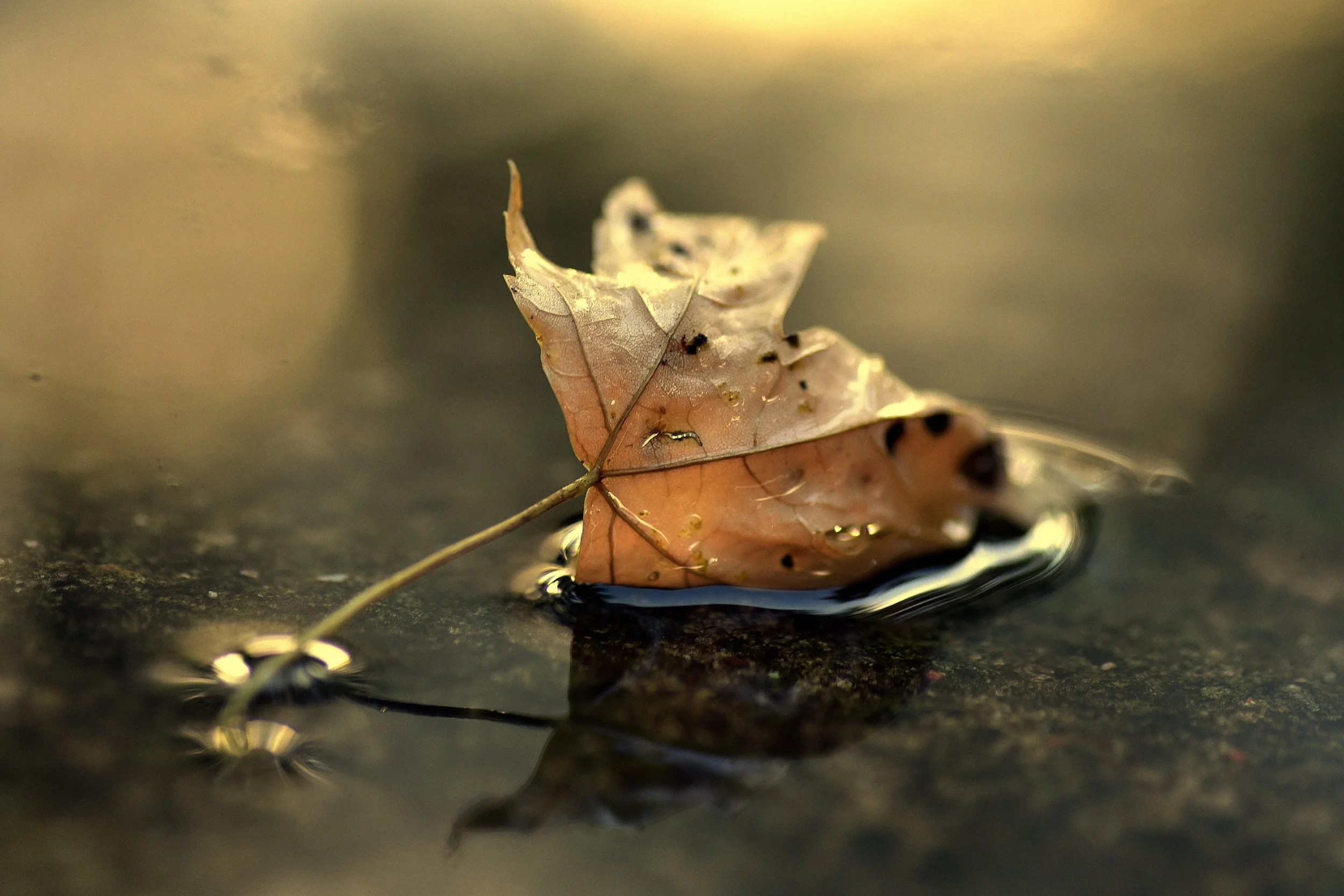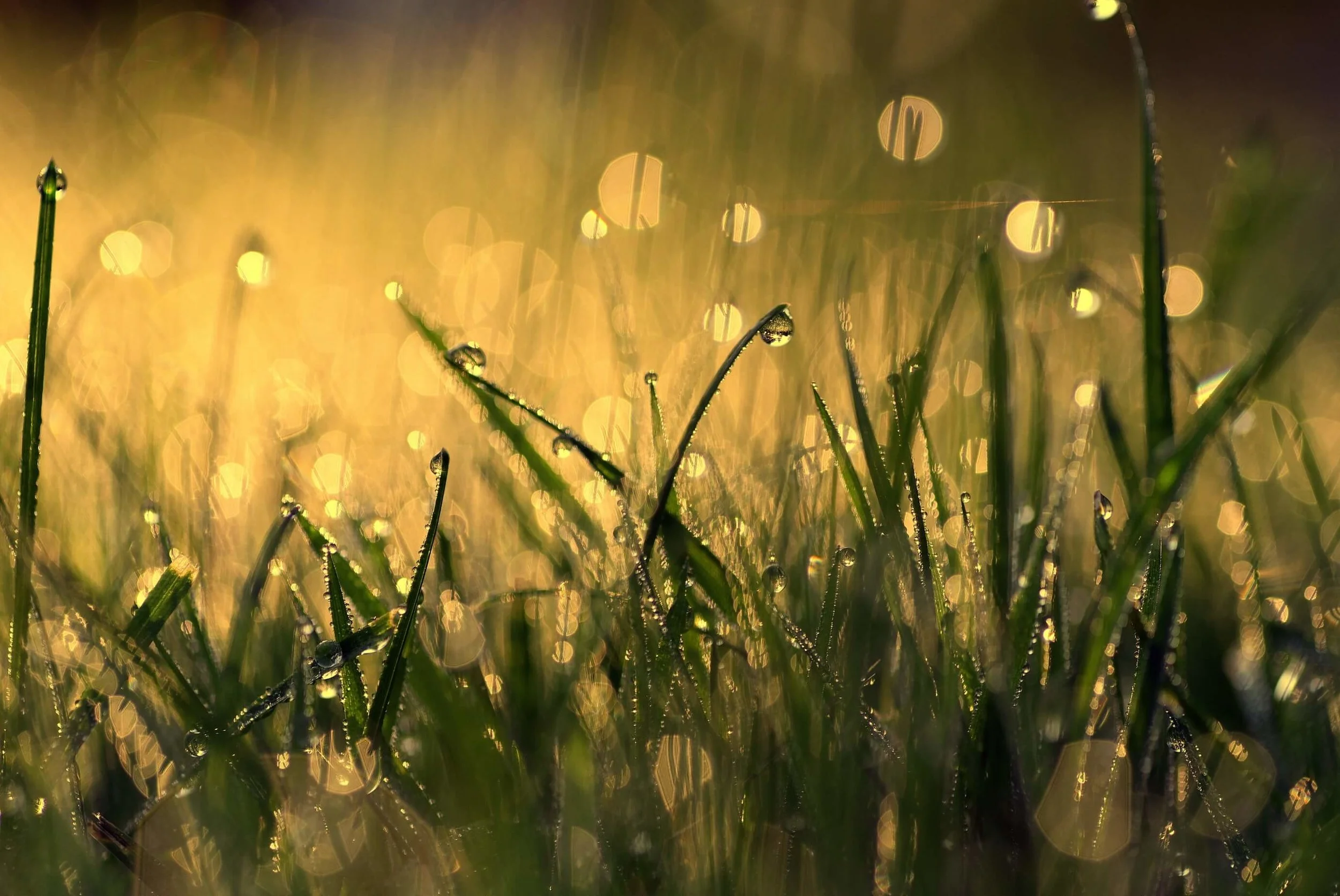It’s been a hard week. There’s so much to process and feel. It’s overwhelming at times. Yet community supports us. Here’s a pathway through the grief…
Make Space for Mourning
In May, I participated in an Art & Death Café. We painted rocks while sharing thoughts about life and death, honoring loved ones, and posing questions.
The Complexity of Grief
Grief is complex. It’s both communal and individual. We all understand loss and sadness: it’s part of the human condition. Yet we experience these sensations differently, and it’s one individual, not the community, who lives inside extended grief for a specific person. Everyone walking down the street knows pain, yet that pain comes from different losses.
The Reality of Grief
Grief is visceral, unpredictable, and raw. Part of me resists grief, wishing it were done, completed, and gone. This same resistance holds self-judgment: Get over it, Joy; toughen up. Yet I don’t want to “toughen up.” The wiser, kinder parts of me welcome waves of grief. These waves honor my tenderness and vulnerability. They cultivate deep love and gratitude. They connect me to humanity.
Opening up to Grief
Last Monday, after my long prison day, I felt a new understanding of impermanence. We did meditations on body sensations—noticing how they shift, pulse, and vibrate; how the changing nature of our bodies is okay. It’s not wrong, it’s natural. On my drive home, I listened to a dharma talk that encouraged more investigation: watch the nature of sensations, then open awareness to death—what if I no longer exist? In my expanded awareness, I was okay because I was present, alive in the moment.






